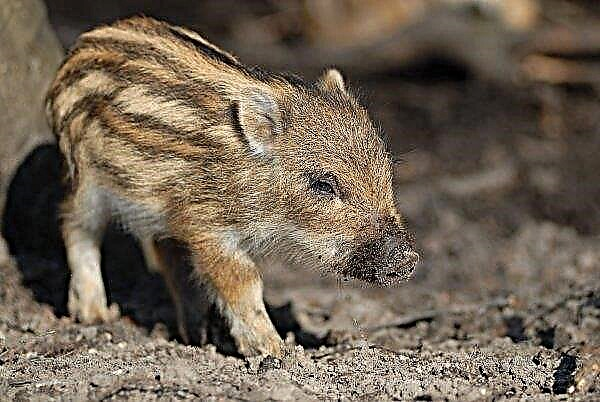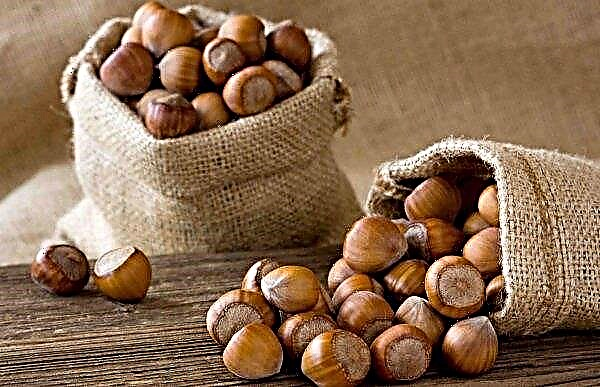Juniper (Cypress family) is a distant relative of spruce and pine, it has been growing on Earth for more than 50 million years. This evergreen coniferous bush is used both for landscape design and for obtaining fragrant wood for crafts. In addition to beauty and filling the park areas, the plant actively fights harmful microorganisms and helps calm the nervous system. How poisonous this bush is for humans is considered in this material.
Juniper: poisonous or not
Among all plant species, and there are more than 50 of them, there is not one that would be considered uniquely edible. All the external beauty of branches and fruits in different species should not be misleading.
Even for treatment, you can use some parts of only one bush - common juniper. Grated dry berries of this variety are considered conditionally edible. In Siberia, they are used in small quantities as spices in the preparation of meat of wild animals or birds - wild boar, bear, deer, black grouse, pheasant. Apply no more than 5-6 berries per kilogram of meat.
Important! Using spices from the berries of the plant, you need to be sure that it is the fruits of the juniper ordinary, and not any other. Otherwise, the meat dish becomes hazardous to health, even fatal.
Poisonous and non-toxic species of juniper
As already mentioned above, out of the whole variety of plant species and varieties, it is possible to use only dried fruits of one species, ordinary, in food. But the rest of these shrubs are poisonous and suitable only for decorating park areas or household plots.
Most often, these species are planted:
- ordinary;
- Virginia;
- horizontal;
- Chinese;
- recumbent;
- middle;
- rocky;
- scaly;
- coastal.
Important! When growing any kind of juniper, it is necessary to limit access to it for children and pets. This can be done using a fine-mesh agro-grid both as a fence and as a domed shelter.
All of them can be distinguished both in the direction of growth (creeping or woody), and in the length of the needles, its color and the shape of the crown. Separately, it is worth highlighting the appearance of this coniferous representative - Cossack. This plant differs from the rest in the greatest number of toxins. In this bush, the content of the poison was determined by biologists in all parts - from the top to the roots.
How to distinguish edible juniper from poisonous
To distinguish an edible plant from a poisonous one, it is enough to learn to distinguish ordinary juniper from all other types of this crop. A spiky tree of small height forms beautiful growths and looks good when decorating terraces.
Distinctive features of the edible species are as follows:
- conical crown;
- fragrant scaly leaves;
- cone-shaped fruits of blue or blue color;
- sweet and pleasant taste of the fruit.

However, even these fruits are not worth it, because the cones of this type of plant are edible only conditionally. They can be dried and used in small quantities as a component of spices or medicinal decoctions, tinctures and ointments.
Juniper, with all its beauty and enticing berries, is an ornamental plant that is used to decorate estates, squares and parks. They are better off admiring than trying to eat.Important! All other varieties of juniper, both creeping and woody, are poisonous. They are used only as beautiful park plants or for crafts in folk crafts.












